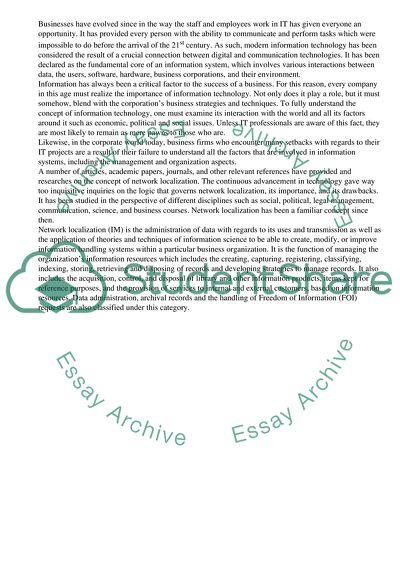Cite this document
(Latest IT Systems Must-Have for Every Modern Business Coursework, n.d.)
Latest IT Systems Must-Have for Every Modern Business Coursework. Retrieved from https://studentshare.org/business/1708375-a-theory-of-network-localization
Latest IT Systems Must-Have for Every Modern Business Coursework. Retrieved from https://studentshare.org/business/1708375-a-theory-of-network-localization
(Latest IT Systems Must-Have for Every Modern Business Coursework)
Latest IT Systems Must-Have for Every Modern Business Coursework. https://studentshare.org/business/1708375-a-theory-of-network-localization.
Latest IT Systems Must-Have for Every Modern Business Coursework. https://studentshare.org/business/1708375-a-theory-of-network-localization.
“Latest IT Systems Must-Have for Every Modern Business Coursework”, n.d. https://studentshare.org/business/1708375-a-theory-of-network-localization.


